Coin in the shape of a shovel
During the two periods of the Eastern Zhou Dynasty (770–256 B.C.), the Spring and Autumn Period (771–476 B.C.) and (in particular) the Warring States Period (475–221 B.C.), bronze money appeared in many forms, mostly miniature replicas of everyday objects such as shovels, knives, bells and other musical instruments, keys, clothes, and other types of weapons and tools. Each state of the fragmented Zhou dynasty territory minted its own money, which is why these coins are often referred to as “state coins” or guobu 國布 in Chinese numismatics. The most common types of coins, and the longest in circulation, were shovel-shaped coins (bubi 布幣 or buqian 布錢) and knife-shaped coins (daobi 刀幣 or daoqian 刀錢).
The coin in the photo is an example of a coin in the shape of a shovel with a flat handle. Flat-handled shovels are slightly later than their predecessors with a hollow handle and date from the Warring ... more
During the two periods of the Eastern Zhou Dynasty (770–256 B.C.), the Spring and Autumn Period (771–476 B.C.) and (in particular) the Warring States Period (475–221 B.C.), bronze money appeared in many forms, mostly miniature replicas of everyday objects such as shovels, knives, bells and other musical instruments, keys, clothes, and other types of weapons and tools. Each state of the fragmented Zhou dynasty territory minted its own money, which is why these coins are often referred to as “state coins” or guobu 國布 in Chinese numismatics. The most common types of coins, and the longest in circulation, were shovel-shaped coins (bubi 布幣 or buqian 布錢) and knife-shaped coins (daobi 刀幣 or daoqian 刀錢).
The coin in the photo is an example of a coin in the shape of a shovel with a flat handle. Flat-handled shovels are slightly later than their predecessors with a hollow handle and date from the Warring States Period, when they appeared in various forms in individual countries. By far the most common type of these coins were the “shovels with square feet” (fangzu bu 方足布), minted between 350 and 250 B.C. They are characterised by angular legs and angular shoulders, as we can see on the coin in the photo. On the obverse of the coin there is usually a central vertical line, and on the reverse, there are three lines arranged in bundles, as on the present specimen. Shovels of this type are usually associated with the states of Han 漢, Zhao 趙, Liang 梁, and Yan 燕, and the largest known deposits of these coins are in what are now the provinces of Jilin, Hebei, Shanxi, Shaanxi, Shandong, Jiangsu, Anhui, Henan, and Zhejiang, and even Inner Mongolia. The script on this specimen is not clear, it could be character Anyang 安陽. This could indicate the name of the place where the coin was minted, most probably in the state of Zhao. (MG)
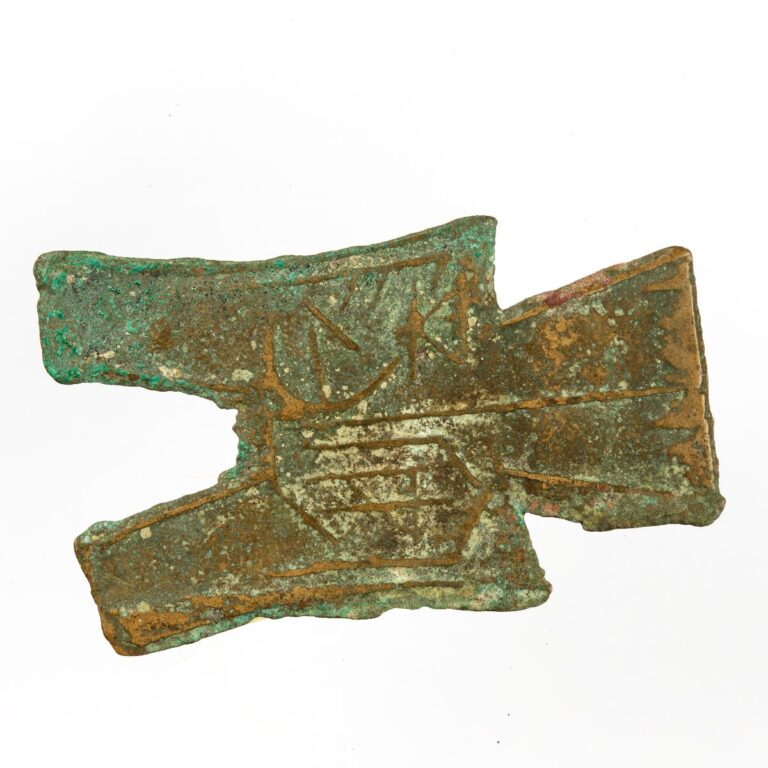
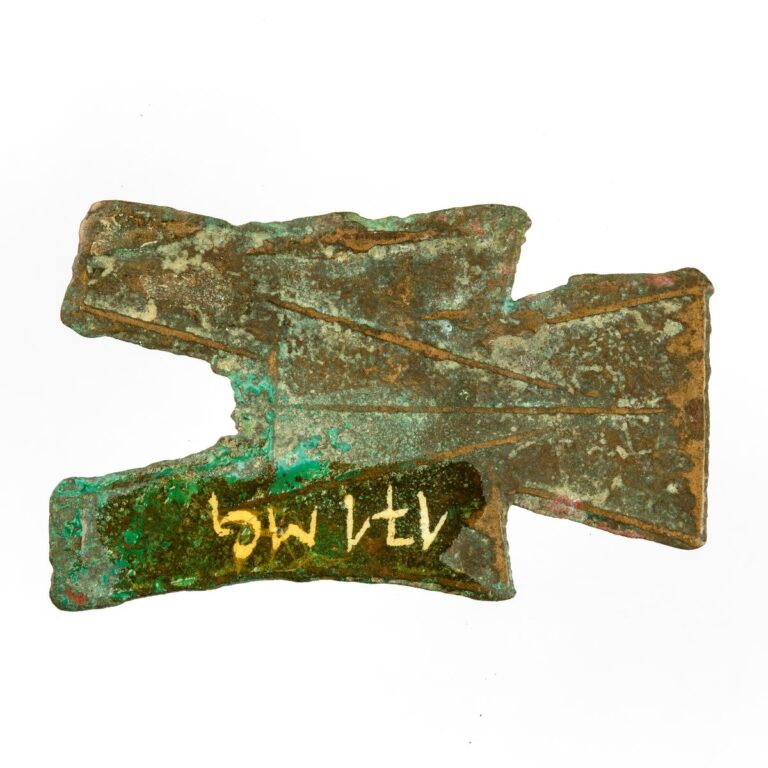

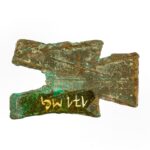

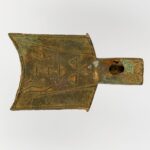




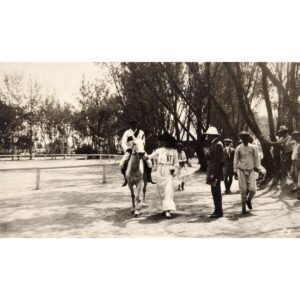






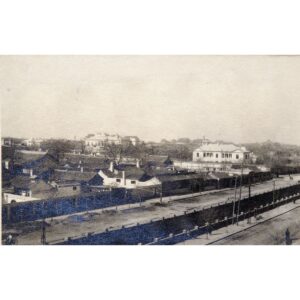





















Do you have a comment or additional information about the subject?